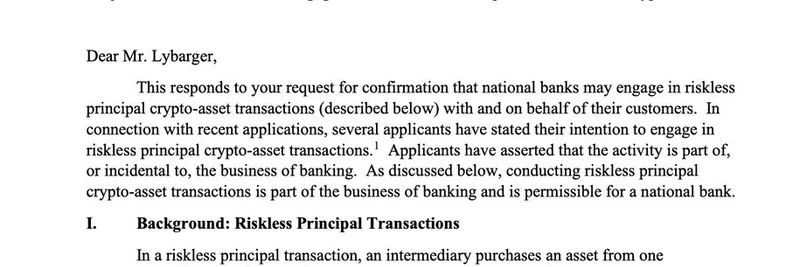In a recent clip from the "When Shift Happens" podcast, Chainlink co-founder Sergey Nazarov sat down with host Kevin to demystify what Chainlink really is. If you've ever wondered how blockchain tech moves beyond just creating tokens—especially those fun, viral meme coins— this breakdown is a must-watch. Let's unpack it step by step, keeping things straightforward for anyone dipping their toes into crypto.
The Big Question: What Is Chainlink?
The clip kicks off with Kevin asking the straightforward question: "What is Chainlink?" Sergey jumps in with a simple explanation, emphasizing that Chainlink isn't just another crypto project. It's a decentralized oracle network that acts as a bridge between smart contracts on the blockchain and real-world data.
Smart contracts, for the uninitiated, are self-executing agreements coded on blockchains like Ethereum. They're like digital vending machines—put in the right input, and they spit out the output without needing a middleman. But here's the catch: most smart contracts are limited because they can't access off-chain data on their own. That's where Chainlink comes in.
Beyond Crypto Tokens: The Real-World Impact
Sergey points out that many people think smart contracts are only good for crypto tokens—think Bitcoin or those meme coins like Dogecoin or newer ones popping up daily. But that's just scratching the surface. According to him, smart contracts can revolutionize trust in everyday dealings, from banks and insurers to ticket sellers.
The missing link? Reliable data. Without it, smart contracts are isolated in their blockchain bubble. Chainlink solves this by providing secure, decentralized data feeds (called oracles) that pull in real-world information—like stock prices, weather data, or sports scores—directly into the contracts.
This enables what Sergey calls an "internet of contracts," where relationships are mathematically guaranteed. Imagine buying concert tickets where the smart contract automatically refunds you if the event gets canceled, all backed by verifiable real-world data. No disputes, no lawyers—just code doing its thing.
Why This Matters for Meme Tokens and Blockchain Practitioners
Now, you might be thinking, "Cool, but how does this tie into meme tokens?" Well, meme coins thrive on hype, community, and often DeFi (decentralized finance) integrations. Many meme token projects use DEXs (decentralized exchanges) like Uniswap, which rely on price oracles to function smoothly. Chainlink's data feeds ensure accurate pricing, preventing manipulations and keeping trades fair.
For blockchain builders, especially those experimenting with meme token launches, understanding oracles like Chainlink is key to leveling up. Without them, you're "stuck with just making tokens that don't do much," as Sergey puts it. Want to add utility to your meme coin, like integrating real-world events or automated rewards based on external data? Chainlink makes it possible.
This clip is a teaser for the full podcast episode dropping this week. If you're into crypto podcasts, check out "When Shift Happens" on platforms like Spotify or YouTube for more deep dives.
Key Takeaways from Sergey's Explanation
- Decentralized Oracles: Chainlink's network of nodes fetches and verifies data, ensuring it's tamper-proof.
- Real-World Applications: From financial agreements to non-financial ones like event tickets, Chainlink expands blockchain's reach.
- Empowering DeFi and Memes: Reliable data feeds are crucial for the liquidity pools and trading mechanisms that power meme token economies.
If you're building or investing in meme tokens, keeping an eye on projects like Chainlink can give you an edge. It's not just about the memes—it's about the tech making them viable in the long run. For more insights on blockchain tech and meme coin trends, stick around on Meme Insider.
Curious about Chainlink's token, $LINK? It's used to pay for oracle services and stake in the network. Head over to Chainlink's official site for more details, or check out the original tweet here to watch the clip yourself.



